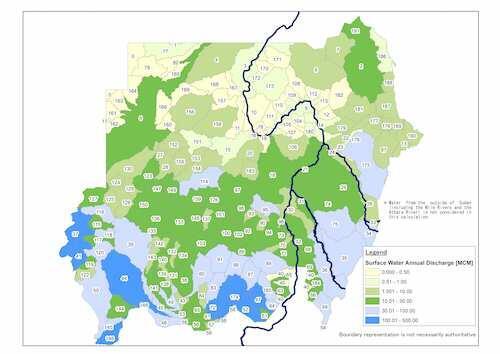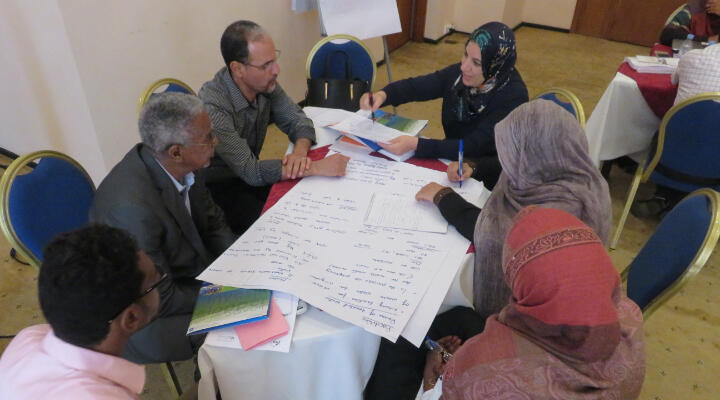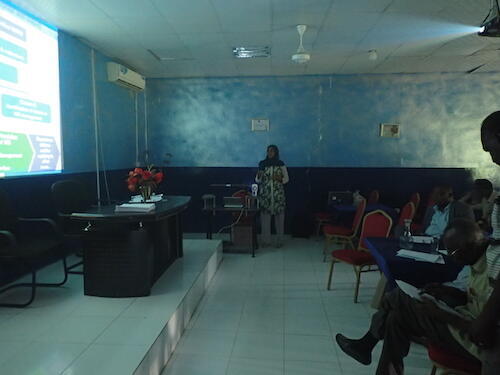
Menu
Menu

Sudan has faced low annual rainfall, of less than 300 mm in most parts of the country, and this has led to constraints in economic development and the daily life of people. The “Water and Sanitation Policy of Sudan”, which was prepared by the National Water Corporation in 2010, reported that water demand (32.1 km3 per year) have already exceeded the whole amount of water resources in the country ( 29.5 to 31.5 km3 per year). The demand for water resources is expected to further increase due to the high rate of population increase (3.2% per year), and the future balance between supply and demand has been a concern. Water resources are unevenly distributed in regions, and the “Non-Nile” region has suffered water shortage as compared to the Nile region. This is one of the reasons of the low access rate of safe water (national average 55%). Water allocation to each sector is also a problem. Only 3% is allocated for drinking water while more than 90 % is used for agriculture and livestock. Furthermore, there are other problems such as inappropriate management of water resources including hydrological observation system for groundwater and dam. In spite of these severe situations, they have not evaluated the water balance by region based on scientific findings. Therefore, this is also one of the reasons for the low access rate of safe water and low water-use efficiency.

Mapping water resources in Sudan
It was necessary to develop the capacity of the Sudanese counterpart in order to continue integrated water resources management (IWRM) activities and expand the project activities nationwide as initiated by the Sudanese counterpart even after completing this project. Therefore, we supported the capacity development of the Sudanese government officials and initiative project implementation through on-the-job training (OJT). More than ten dedicated experts participated in and implemented this project, promoting the involvement and support of other experts. They supported data organization and water calculation of potential water resources. As for the evaluation of water balance by region based on scientific findings, which was one of the issues, we conducted potential analysis of water resources throughout Sudan by utilizing global data, and evaluated water balance throughout Sudan based on the calculation of demand for water resources and estimating the capacity of water supply facilities. Also, we analyzed and organized the issues related to water resources management throughout Sudan by PCM (Project Cycle Management) method in order to encourage the awareness of their roles in water resources management.

OJT of Sudanese counterparts

IWRM workshop
As a result of the above water balance evaluation and water resources analysis, we selected a region with the most severe water issues for the pilot activity in which we conducted IWRM activities for resolving issues. Water resources are divided into surface water and groundwater, and the various stakeholders are involved in the issues of water resources management. Therefore, we established the “Water Resources Council”, “Expert Committee”, and “Water Users Committee”, and created an environment wherein Sudanese government officials could conduct IWRM activities in accordance with the results of the discussion.

Presentation on IWRM by the Sudanese counterpart

Resource material on IWRM
Project Details